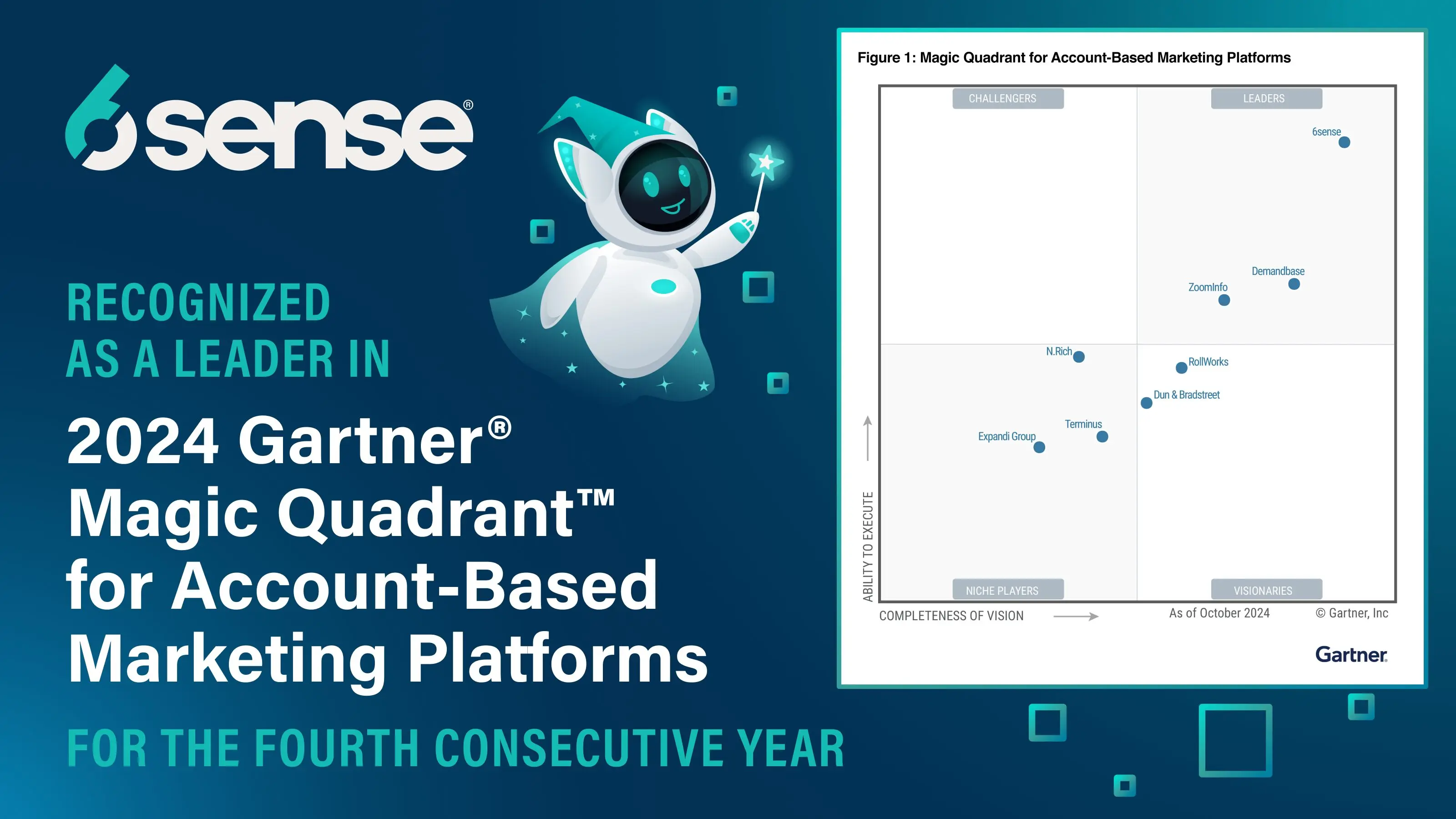About the Session
In this episode of Science of B2B, Kerry Cunningham explores the role of triangulation in understanding B2B intent data and buyer signals. He compares the concept to GPS technology and emphasizes the power of combining multiple data signals to pinpoint where buyers are in their journey—without relying on cookies. By leveraging data from various sources, B2B marketers can better identify in-market accounts and improve engagement strategies.
Takeaways
Takeaway 1: Triangulate Signals to Identify In-Market Accounts.
Merging multiple signals, like anonymous traffic, third-party intent data, and leads, provides a stronger indication of buyer interest and intent.
Takeaway 2: Prioritize Accounts with Multiple Lead Interactions.
Noticing when multiple individuals from the same account engage (like form fills) can be a powerful indicator of buying intent.
Takeaway 3: Use Data from Buyer Identification Studies.
Insights from 6sense’s Buyer Identification Study reveal that only 30% of companies de-anonymize website traffic—highlighting a missed opportunity in many organizations.
Takeaway 4: Triangulation as a Necessary Tool in a Cookie-Free World.
By focusing on triangulation, marketers can compensate for the reduced availability of cookies and enhance their account identification practices.
Key Quotes
“Third-party intent data alone isn’t enough. When we layer in signals from multiple sources, we get a much clearer view of which accounts are truly in-market.”
Future Topics
In the next episode, Kerry will continue the discussion on using intent data, focusing on practical steps for identifying where accounts are in the buying journey and which marketing strategies to employ based on these insights. Expect a deeper dive into the actionable uses of intent data in both marketing and sales.
 Skip to content
Skip to content



